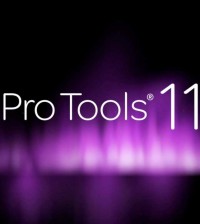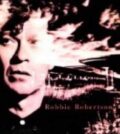The mic is set up and it sounds great, the headphones mix sound good, and all you have to do is press record. Occasionally it’s that simple, but most of time recording vocals requires some production help to get the best performance from the singer. That’s where the 3 P’s come in.
Pitch, Pocket and Passion are the keys to a great vocal performance, and in this excerpt from How To Make Your Band Sound Great (there’s also a similar section in the Music Producer’s Handbook), you’ll see just how they come into play in capturing a dynamite vocal.
Staying in Pitch means singing in tune. And not just some of the notes – every single note! They’re all equally important!! Pitch also means following the melody reliably. There’s a trend these days to scat sing around a melody, and while that might be desirable in some genres, it doesn’t work in any genre if you do it all the time. Scatting might show off your technique and ability, but a song has a melody for a reason. That’s what people know, that’s what they can sing to themselves, and usually that’s what they want to hear.
The Pocket means singing in time and in the “groove” (the rhythm) of the song. You can be in pitch, but if you’re wavering ahead or behind the beat it won’t feel right. All of the things that help instrumentalists, like dynamics, turnarounds and articulations, apply to vocals as well. Concentrate on the downbeat (on beat 1) to get your entrances. Concentrate on the snare drum (on 2 and 4) to stay in the pocket.
Passion
Passion is the ability to sell the lyrical content of the song through performance. It’s the ability to make me believe in what you’re singing, that you’re talking directly to me and not anyone else. And passion can sometimes trump pitch and pocket. A not-all-that-great singer who can convey the emotion in his voice is way more interesting to listen to than a polished singer who hits every note perfectly but with little emotion. In fact, just about any vocalist you’d consider a “star” has passion, and that’s why he or she is a star.


















Pingback: The Quick Vocal Performance Guide - OnStage Magazine.com - OnStage Magazine.com